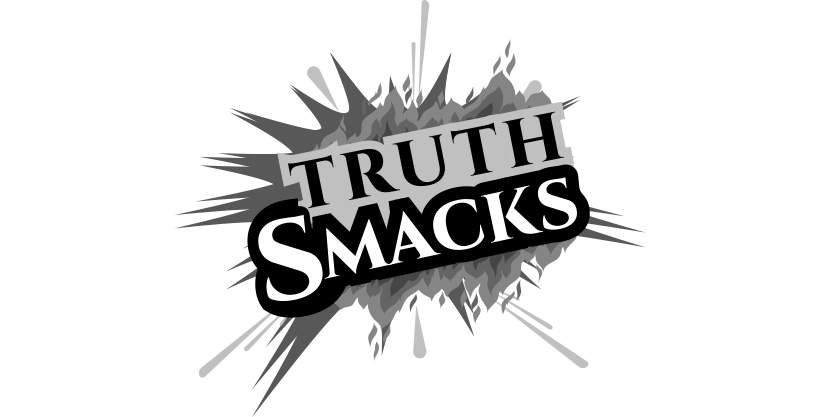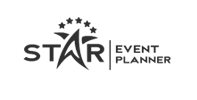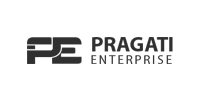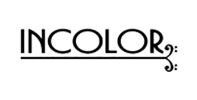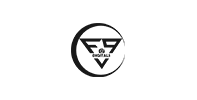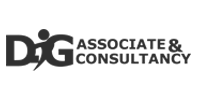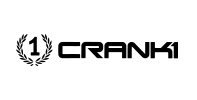Introduction to Usability Testing:
Usability testing is a critical phase in the design and development process of products and systems. Its primary objective is to evaluate how real users interact with a product and identify any usability issues that might hinder a positive user experience. By gathering direct feedback from users, designers and developers can make informed decisions to enhance the product’s usability and overall effectiveness.
Importance of Usability Testing:
Usability testing is crucial for several reasons:
- User-Centered Design:
- It aligns with the principles of user-centered design, ensuring that the end product meets the needs and expectations of its intended users.
- Issue Identification:
- It helps identify usability issues early in the design process, preventing costly redesigns and improving the overall efficiency of the development cycle.
- Validation of Design Choices:
- It validates design decisions by providing real-world insights into how users perceive and interact with the product.
- Enhanced User Satisfaction:
- A product that is easy to use and meets user expectations leads to higher user satisfaction, fostering brand loyalty and positive word-of-mouth.
Common Usability Testing Methods:
- Moderated Usability Testing:
- This method involves a moderator guiding participants through a series of predefined tasks while observing their interactions and collecting qualitative and quantitative data. The advantage of this method is the ability to ask clarifying questions and gather in-depth insights through direct interaction with participants. However, it can be time-consuming and may introduce bias based on the moderator’s presence.
- Unmoderated Remote Usability Testing:
- Unmoderated testing allows participants to perform tasks independently from their own location, using a remote testing tool. This method is efficient for testing a larger and more diverse group of users, as it eliminates geographical constraints. While it lacks direct interaction with a moderator, it provides the advantage of scalability and flexibility in terms of participant recruitment.
- Thinking Aloud:
- In this method, participants are asked to verbalize their thoughts and feelings as they navigate through the product. This provides valuable insights into the user’s decision-making process, highlighting areas of confusion or frustration. Thinking aloud is useful for understanding the cognitive aspects of user interaction and is often combined with other testing methods for a more comprehensive assessment.
- Task Analysis:
- Task analysis involves observing and recording participants as they complete specific tasks within the product. This method helps identify where users encounter difficulties or confusion during the task completion process. Task analysis is particularly valuable for evaluating the efficiency and effectiveness of user workflows.
- Surveys and Questionnaires:
- Surveys and questionnaires are tools for collecting quantitative data about user satisfaction, ease of use, and overall perceptions of a product. These instruments are often administered after participants have completed a set of tasks or interacted with the product. While they provide valuable metrics, they may lack the depth of qualitative insights gained from direct observation.
- Card Sorting:
- Card sorting is a method used for information architecture and navigation design. Participants are asked to organize information or content into categories that make sense to them. This method helps designers understand how users conceptualize and group content, leading to improved information organization and findability.
- Accessibility Testing:
- Ensuring that a product is accessible to users with disabilities is a critical aspect of usability. Accessibility testing involves evaluating the product’s compatibility with assistive technologies and testing with individuals who have various disabilities. This method ensures that the product is inclusive and complies with accessibility standards and guidelines.
- A/B Testing:
- A/B testing, also known as split testing, involves comparing two versions of a design (A and B) to determine which performs better in terms of user engagement, conversion rates, or other relevant metrics. It is often used for websites, landing pages, or app interfaces. A/B testing allows for data-driven decision-making and optimization of design elements based on user preferences.
Choosing the Right Usability Testing Method:
Selecting the most appropriate usability testing method depends on various factors, including:
- Project Goals:
- Clearly defined project goals help determine the focus of the usability testing. Whether the aim is to identify specific usability issues, validate design decisions, or gather quantitative metrics, the goals influence the choice of testing methods.
- Timeline and Budget:
- Usability testing methods vary in terms of time and resource requirements. Moderated testing, for example, may take longer due to the need for a moderator’s presence, while unmoderated remote testing offers a more flexible and cost-effective alternative.
- Nature of the Product:
- The type of product being tested influences the choice of methods. For complex software applications, moderated testing with direct interaction may be more appropriate, while simple websites or mobile apps could benefit from unmoderated remote testing.
- User Characteristics:
- Understanding the characteristics of the target users is crucial. Factors such as demographics, technical proficiency, and familiarity with the product domain help in selecting a participant pool that accurately represents the intended user base.
- Type of Data Needed:
- Consider whether qualitative or quantitative data is more relevant to the goals of the usability testing. Methods like thinking aloud and task analysis provide rich qualitative insights, while surveys and questionnaires offer quantitative metrics.
- Iterative Design Process:
- Usability testing is often an iterative process, with multiple rounds of testing and refinement. The chosen methods should align with the iterative nature of the design cycle, allowing for continuous improvement based on user feedback.
Best Practices for Usability Testing:
- Clearly Defined Objectives:
- Clearly articulate the objectives of the usability testing to ensure that the chosen methods align with the project’s goals.
- Pilot Testing:
- Before conducting full-scale usability testing, consider conducting pilot tests with a small group of participants to identify and address any issues with the testing process or materials.
- Diverse Participant Recruitment:
- Aim for a diverse participant pool that reflects the characteristics of the target user base. This diversity ensures a broader range of perspectives and helps identify potential usability issues across different user segments.
- Balancing Qualitative and Quantitative Insights:
- While qualitative insights provide a deep understanding of user behaviors and attitudes, quantitative data from surveys or metrics can complement the qualitative findings, offering a more comprehensive view of usability.
- Iterative Testing and Design:
- Usability testing is most effective when integrated into an iterative design process. Conduct multiple rounds of testing and refinement to continuously improve the product based on user feedback.
- Ethical Considerations:
- Ensure that usability testing follows ethical guidelines, including informed consent, privacy protection, and the well-being of participants. Transparency about the purpose of the testing and how the data will be used is essential.
- Usability Metrics:
- Define specific usability metrics relevant to the project goals. These metrics could include task success rates, time on task, error rates, and user satisfaction scores.
- Usability Testing Tools:
- Leverage usability testing tools and platforms that align with the chosen testing methods. Tools for remote testing, screen recording, and analytics can enhance the efficiency and effectiveness of the testing process.
Conclusion:
Usability testing is a dynamic and essential aspect of the design and development process. The choice of usability testing methods depends on various factors, including project goals, timeline, budget, user characteristics, and the nature of the product. By selecting the most appropriate methods and incorporating best practices, designers and developers can gather valuable insights, identify usability issues, and create products that deliver optimal user experiences. Continuous iteration and a user-centric approach ensure that the final product not only meets but exceeds user expectations.


